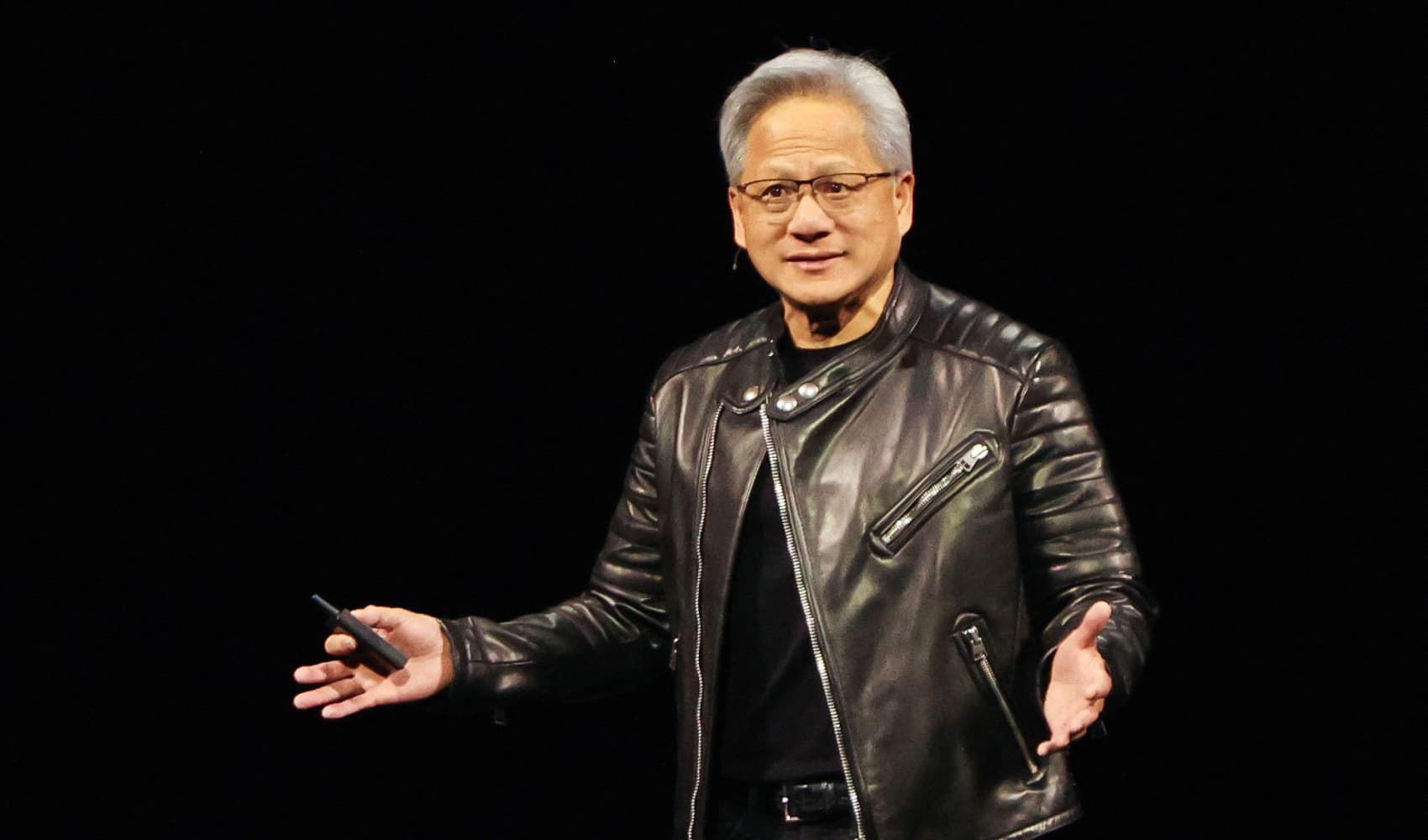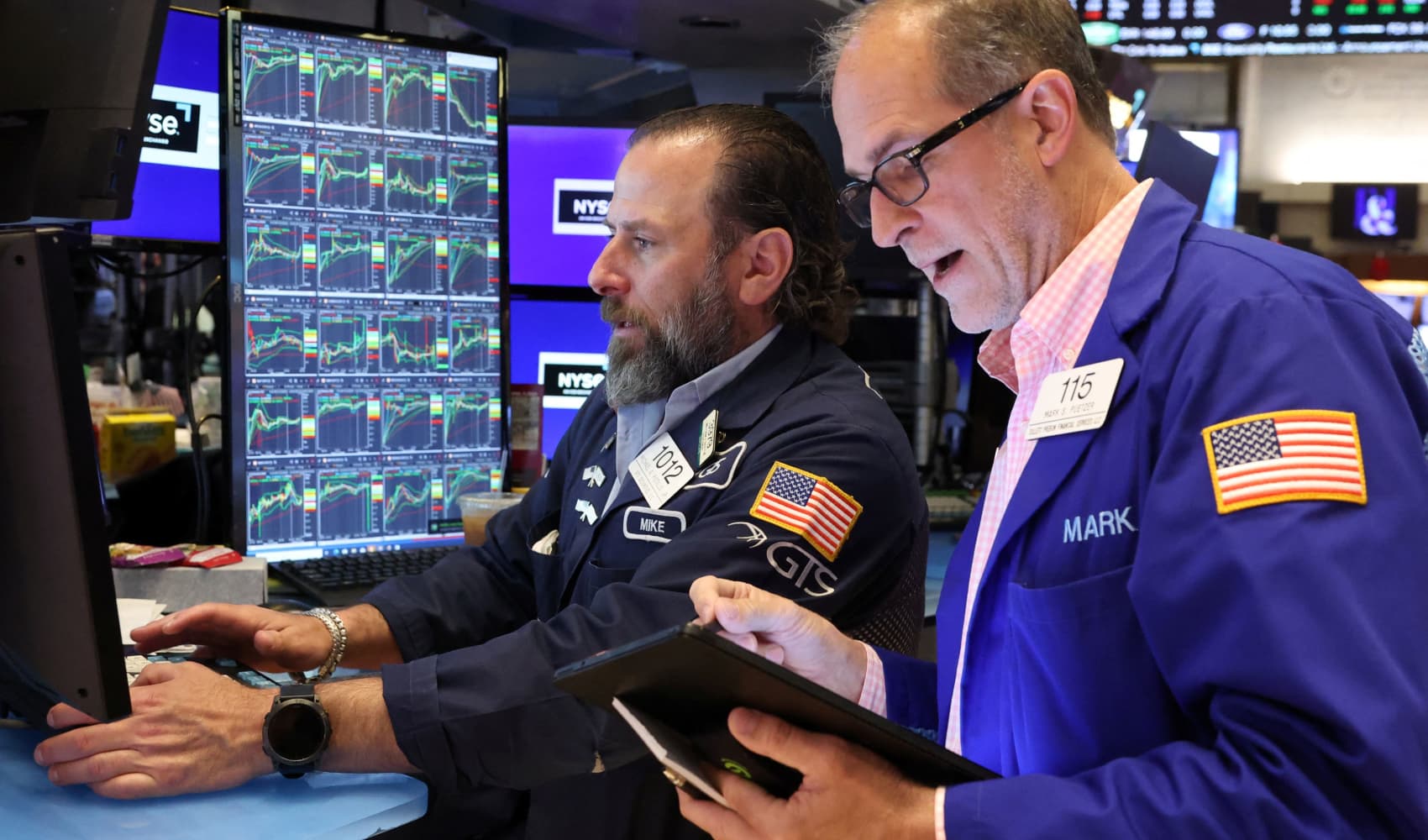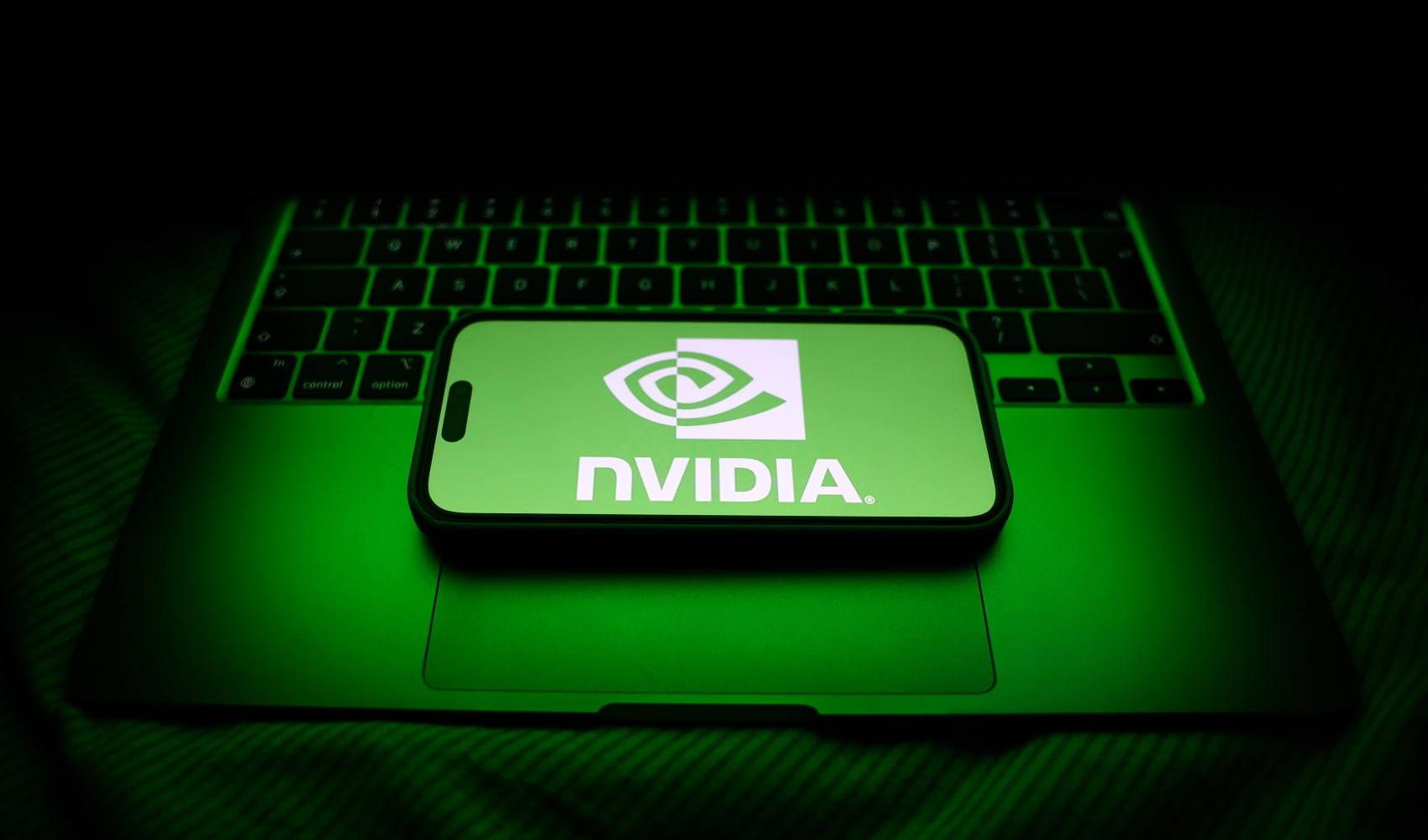Nvidia CEO Jensen Huang Gets First Raise in a Decade!
Jensen's Jackpot: Nvidia CEO Sees First Pay Raise in a Decade!
Introduction: A Decade of Dedication, a Raise Deserved
Imagine dedicating a decade of your life to building a company, scaling it to unimaginable heights, and essentially fueling a technological revolution. Sounds exhausting, right? Well, that's precisely what Nvidia CEO Jensen Huang has been doing. And after ten long years, his hard work is finally being recognized with a well-deserved salary increase! But what does this raise really mean? Is it just about the money, or does it signify something bigger about Nvidia's trajectory and the future of AI? Let’s dive in!
The Headline: $49.9 Million Reward
So, the big news is that Jensen Huang's total compensation is set to jump to a whopping $49.9 million for the fiscal year 2025. This marks his first salary increase in a decade, a testament to his consistent leadership and the company's phenomenal performance. It’s not just a pat on the back; it’s a statement.
Delving into the Details: Where Did the Money Come From?
Salary and Cash Boost
The increase isn't just in his base salary; both his salary and variable cash compensation have reportedly gone up by about half. Think of it like leveling up in a game – you get stronger and faster, and your rewards increase accordingly. This reflects Huang's growing value to the company and the critical role he plays in driving Nvidia's success.
Security Costs Surge
Interestingly, the filing also reveals a rise in Huang’s security costs. As a prominent figure leading one of the world's most influential tech companies, his safety and security are paramount. Increased security measures are a reflection of his importance to Nvidia and the global tech landscape.
Nvidia's Reign: A Performance-Driven Raise
AI's Architect: Huang's Role in Nvidia's Success
Let's face it: Nvidia's current dominance is largely attributed to Huang's vision and leadership. He's not just a CEO; he's an architect of the AI revolution. From gaming to data centers, Nvidia's chips are powering the future. This raise is a direct consequence of Nvidia's explosive growth in the AI market.
Beyond the Numbers: Impact on Stockholders
What does this mean for Nvidia's shareholders? A confident CEO, properly compensated, is more likely to continue steering the ship effectively. This can translate to continued growth and profitability, benefitting investors in the long run. It's an investment in leadership.
A Decade of No Raises: Why Now?
Consistency is Key: Ten Years of Stable Compensation
It might seem unusual that a CEO wouldn't receive a raise for a decade, especially one leading such a successful company. But it speaks volumes about Huang's commitment to the company's long-term goals. Perhaps he believed in prioritizing investments in research and development, ensuring Nvidia's continued innovation. This is the ultimate demonstration of putting the company first.
Market Dynamics: Riding the AI Wave
Now, with the AI market booming, Nvidia's importance has skyrocketed. The demand for their GPUs is insatiable. This raise acknowledges Huang's pivotal role in capitalizing on this opportunity. The timing is perfect; it's a reward for steering the company through the AI gold rush.
The Broader Implications: What This Means for the Tech World
Setting the Bar: CEO Compensation in the AI Era
Huang's raise could potentially set a new standard for CEO compensation in the tech industry, especially for companies at the forefront of AI development. Other companies might feel pressure to adequately compensate their leaders to retain talent and drive innovation. Get ready for an executive compensation arms race!
Investing in Vision: The Value of Leadership
This move underscores the importance of investing in strong leadership, especially in rapidly evolving industries. A visionary CEO can navigate complex challenges, identify opportunities, and ultimately drive a company's success. Huang's story is a testament to the power of visionary leadership.
The Human Element: More Than Just a Paycheck
Motivation Matters: Recognizing Dedication
While Huang is undoubtedly motivated by more than just money, a raise is a powerful form of recognition. It acknowledges his hard work, dedication, and the immense value he brings to Nvidia. Let’s face it, everyone likes to feel appreciated.
Job Satisfaction: Keeping Top Talent
In a competitive market for top talent, companies need to ensure their leaders are satisfied and motivated. A competitive compensation package helps retain valuable executives and prevents them from being lured away by competitors. This is about retaining talent.
Looking Ahead: Nvidia's Future Under Huang's Leadership
Innovation Pipeline: Continued Growth and Development
With Huang at the helm, Nvidia is poised to continue its dominance in the AI market. His leadership will be crucial in driving innovation, developing new technologies, and expanding into new markets. The future looks bright for Nvidia under his continued guidance.
Facing the Challenges: Navigating the Competitive Landscape
The AI landscape is becoming increasingly competitive. Nvidia faces challenges from other tech giants and emerging startups. Huang's leadership will be essential in navigating these challenges and maintaining Nvidia's competitive edge. It is not going to be easy, but he's got this.
Huang's Legacy: More Than Just Chips
Impacting Society: AI and the Future
Nvidia's technology is not just about gaming and data centers; it's about shaping the future of AI and its impact on society. Huang's legacy will extend far beyond the company's financial success; it will be defined by the positive impact AI has on the world. He is truly shaping the future.
A Visionary Leader: Setting an Example
Jensen Huang's journey is an inspiration to aspiring entrepreneurs and business leaders. His dedication, vision, and commitment to innovation serve as a powerful example of what can be achieved with hard work and determination. He is a true icon.
Conclusion: A Reward Well-Earned
Jensen Huang's first salary increase in a decade is more than just a number; it's a symbol of his exceptional leadership, Nvidia's phenomenal success, and the transformative power of AI. It's a reward well-earned and a testament to his unwavering commitment to innovation. As Nvidia continues to shape the future, Huang's leadership will be instrumental in navigating the challenges and opportunities that lie ahead. This raise is not just about the past, but about investing in a future bright with innovation and success.
Frequently Asked Questions (FAQ)
Here are some frequently asked questions about Jensen Huang's salary increase and Nvidia's performance:
- Why did Jensen Huang receive a raise after 10 years?
His consistent leadership, Nvidia's exceptional financial performance, and his crucial role in the company's success in the booming AI market warranted the long overdue salary raise.
- How does Jensen Huang's compensation compare to other tech CEOs?
While his new compensation is substantial, it's crucial to compare it with CEOs of companies with similar market caps and growth trajectories. It's likely competitive within that sphere.
- What impact will this raise have on Nvidia's stock price?
Generally, a CEO's compensation isn't a primary driver of stock price, but it can positively influence investor confidence by signaling stability and commitment at the top.
- How is Nvidia navigating the competitive landscape in the AI market?
Nvidia is focusing on continued innovation, strategic partnerships, and expanding its product offerings to stay ahead of the competition. They're also investing heavily in R&D.
- What is Jensen Huang's vision for the future of Nvidia and AI?
Huang envisions Nvidia playing a pivotal role in shaping the future of AI across various industries, from autonomous vehicles to healthcare, and believes in pushing the boundaries of what's possible with GPU technology.




